Home>Furniture & Design>Bedroom Furniture>Why Are Memory Foam Mattresses So Hot


Bedroom Furniture
Why Are Memory Foam Mattresses So Hot
Modified: October 20, 2024
Discover why memory foam mattresses can make you feel hot at night and find solutions to stay cool. Explore the best bedroom furniture and design tips to create a comfortable and cozy sleeping environment.
(Many of the links in this article redirect to a specific reviewed product. Your purchase of these products through affiliate links helps to generate commission for Storables.com, at no extra cost. Learn more)
Introduction
Why Are Memory Foam Mattresses So Hot?
Welcome to the world of bedroom comfort where the allure of a good night's sleep meets the potential discomfort of overheating. Memory foam mattresses have gained immense popularity for their ability to contour to the body and provide exceptional support. However, a common concern among users is the tendency of memory foam to retain heat, leading to a potentially uncomfortable sleeping experience. In this article, we will delve into the science behind memory foam mattresses and explore the reasons why they tend to get hot, as well as provide valuable insights into how to mitigate this issue for a cooler and more restful slumber. So, let's embark on a journey to unravel the mystery of why memory foam mattresses often leave sleepers feeling a bit too warm for comfort.
Key Takeaways:
- Memory foam mattresses offer exceptional comfort and support but can retain heat. Understanding factors like foam density and using cooling accessories can create a cooler and more comfortable sleep environment.
- By choosing breathable bedding and utilizing cooling accessories, individuals can effectively manage the temperature of their memory foam mattress and enhance their overall sleeping comfort.
Read more: Why Does My Memory Foam Mattress Sink
What is Memory Foam?
Memory foam, also known as viscoelastic foam, is a unique type of polyurethane foam that was originally developed by NASA in the 1960s for aircraft seat cushioning and crash protection. This innovative material is designed to respond to body heat and pressure, conforming to the body’s contours and evenly distributing weight. It is this adaptive quality that has made memory foam a popular choice for mattresses, pillows, and other comfort products.
Memory foam mattresses are constructed with multiple layers, typically including a support foam base and a memory foam comfort layer. The top layer is engineered to respond to body heat, softening and molding to the sleeper’s shape. This characteristic provides personalized support, which can alleviate pressure points and promote spinal alignment. The unique ability of memory foam to contour to the body sets it apart from traditional innerspring mattresses and contributes to its widespread appeal.
Furthermore, memory foam is renowned for its motion isolation properties, meaning that movement on one side of the bed is less likely to disturb a sleeping partner on the other side. This feature enhances the overall sleeping experience, particularly for couples or individuals who are sensitive to disruptions during the night.
While memory foam offers numerous benefits in terms of comfort and support, its heat retention properties have been a subject of concern for many users. The next section will explore the factors contributing to the heat retention of memory foam mattresses, shedding light on why they have a reputation for feeling excessively warm.
How Memory Foam Mattresses Retain Heat
Understanding why memory foam mattresses tend to retain heat begins with an exploration of the material’s composition and its interaction with the sleeper’s body. Memory foam is designed to respond to temperature and pressure, allowing it to conform to the body’s shape and provide customized support. However, this very characteristic is what contributes to its heat retention properties.
When a person lies down on a memory foam mattress, the foam responds to their body heat by softening and molding to their shape. As the foam contours around the sleeper, it creates a snug embrace that can limit airflow and ventilation around the body. This reduction in airflow can lead to the accumulation of heat, causing the sleeper to feel warmer than they would on a mattress with greater breathability.
Additionally, the density of memory foam plays a significant role in its heat retention. Higher-density memory foam tends to retain more heat than lower-density foam due to its closer cell structure, which restricts airflow and traps warmth. While the density of memory foam contributes to its durability and support, it also contributes to its potential for heat retention.
Furthermore, the position of the sleeper can impact the heat retention of a memory foam mattress. When a person lies in one position for an extended period, the foam molds to their body and retains heat in those specific areas. This localized heat retention can lead to discomfort and a feeling of excessive warmth, particularly in regions where the body is in direct contact with the mattress surface.
It is important to note that while memory foam mattresses are known for their heat retention, advancements in foam technology have led to the development of innovative cooling features and materials designed to mitigate this issue. In the following section, we will explore the various factors that can affect the temperature of a memory foam mattress, shedding light on the nuances of heat retention in these popular sleep surfaces.
To keep memory foam mattresses cooler, consider using a breathable mattress protector, using moisture-wicking sheets, and keeping the room temperature cool.
Factors Affecting Memory Foam Mattress Temperature
Several factors contribute to the temperature of a memory foam mattress, shaping the overall sleeping experience and influencing the level of heat retention. Understanding these factors can empower individuals to make informed decisions when selecting a mattress and implementing strategies to manage their sleeping environment effectively.
- Memory Foam Density: The density of memory foam plays a pivotal role in its heat retention properties. Higher-density foam tends to retain more heat due to its closer cell structure, which restricts airflow and traps warmth. Lower-density foam, on the other hand, allows for better breathability and heat dissipation, contributing to a cooler sleeping surface. When choosing a memory foam mattress, it is essential to consider the foam’s density and its potential impact on temperature regulation.
- Mattress Cover and Materials: The composition of the mattress cover and the materials used in the construction of the mattress can influence its temperature. Some memory foam mattresses feature covers and top layers infused with cooling gels or phase-change materials designed to dissipate heat and regulate temperature. These innovative materials can enhance the overall cooling properties of the mattress, providing a more comfortable sleeping environment.
- Room Temperature and Climate: External factors such as room temperature and climate can affect the overall heat retention of a memory foam mattress. Sleeping in a warmer environment can exacerbate the sensation of warmth on a memory foam surface. Conversely, cooler room temperatures can help mitigate the heat retention of the mattress, contributing to a more comfortable sleeping experience.
- Sleeper’s Body Heat: The natural body heat generated by the sleeper interacts with the memory foam, influencing its response and heat retention. Individuals with higher body temperatures may experience more pronounced heat retention on memory foam mattresses, particularly if the mattress lacks adequate ventilation and cooling features.
- Mattress Thickness and Airflow: The thickness of the memory foam layer and the overall airflow within the mattress can impact its temperature regulation. Thicker memory foam layers may retain more heat, especially in the absence of sufficient airflow. Mattresses with enhanced ventilation systems, such as convoluted foam designs or breathable materials, can promote better air circulation and cooling, mitigating the effects of heat retention.
By considering these factors, individuals can make informed choices when selecting a memory foam mattress and implementing strategies to optimize their sleeping environment for improved temperature regulation. In the next section, we will explore valuable tips for cooling down a memory foam mattress, offering practical solutions to enhance sleeping comfort and mitigate the effects of heat retention.
Tips for Cooling Down a Memory Foam Mattress
While memory foam mattresses are renowned for their exceptional comfort and support, the issue of heat retention can detract from the overall sleeping experience. Fortunately, there are several effective strategies and practical tips that can help individuals mitigate the effects of heat retention and create a cooler and more comfortable sleep environment on a memory foam mattress.
- Choose a Breathable Mattress Cover: Opt for a breathable and moisture-wicking mattress cover or protector designed to enhance airflow and heat dissipation. Materials such as bamboo-derived fabrics or specially engineered cooling covers can promote ventilation and contribute to a cooler sleeping surface.
- Utilize Cooling Sheets and Bedding: Selecting moisture-wicking and breathable sheets, pillowcases, and bedding can significantly impact the perceived temperature of a memory foam mattress. Look for fabrics with cooling properties, such as Tencel or performance blends, to enhance comfort and promote a cooler sleep environment.
- Invest in a Mattress Topper with Cooling Features: Consider adding a mattress topper with cooling gel-infused foam or phase-change materials to your memory foam mattress. These specialized toppers can help dissipate heat and provide an additional layer of cooling comfort, enhancing the overall sleeping experience.
- Enhance Room Ventilation: Improving airflow in the bedroom can contribute to a cooler sleep environment. Utilize fans, open windows, or air conditioning to regulate room temperature and promote air circulation, reducing the impact of heat retention on the mattress.
- Implement Temperature-Regulating Accessories: Explore the use of temperature-regulating accessories, such as cooling pillows or mattress pads, to complement your memory foam mattress. These accessories are designed to dissipate heat and maintain a comfortable sleeping temperature, enhancing overall sleep quality.
- Adjust Room Temperature and Humidity: Maintaining a cooler room temperature and optimizing humidity levels can positively influence the perceived warmth of a memory foam mattress. By regulating the ambient conditions in the bedroom, individuals can create a more conducive environment for restful and comfortable sleep.
- Rotate and Flip the Mattress: Periodically rotating or flipping the memory foam mattress can help distribute body impressions and reduce localized heat retention. This practice can promote more even wear and temperature distribution across the mattress surface.
- Consider a Hybrid or Latex Mattress: If heat retention remains a significant concern, exploring alternative mattress options such as hybrid mattresses or latex mattresses may provide a cooler sleep experience. These mattresses often feature enhanced breathability and temperature regulation properties, catering to individuals seeking a cooler sleep surface.
By implementing these practical tips and considering the use of cooling accessories and bedding, individuals can effectively manage the temperature of their memory foam mattress and create a more conducive sleep environment. These strategies offer valuable solutions for mitigating heat retention and enhancing overall sleeping comfort on a memory foam mattress.
As we conclude our exploration of the factors influencing memory foam mattress temperature and the strategies for cooling down these popular sleep surfaces, it is evident that informed decision-making and proactive measures can significantly impact the overall sleeping experience. By understanding the nuances of heat retention and implementing practical solutions, individuals can maximize the comfort and restorative benefits of their memory foam mattress, ensuring a cooler and more rejuvenating night’s sleep.
Read more: What Is A Memory Foam Mattress
Conclusion
Memory foam mattresses offer unparalleled comfort and support, but their tendency to retain heat has been a longstanding concern for many users. By delving into the science behind memory foam and exploring the factors contributing to heat retention, we have gained valuable insights into the nuances of temperature regulation on these popular sleep surfaces. Understanding the interplay of memory foam density, mattress materials, room climate, and individual body heat has empowered individuals to make informed decisions and implement practical strategies for cooling down their memory foam mattresses.
While the heat retention properties of memory foam mattresses can pose challenges, the implementation of effective cooling solutions can significantly enhance the overall sleeping experience. By selecting breathable bedding, utilizing cooling accessories, and optimizing room ventilation, individuals can create a cooler and more comfortable sleep environment, mitigating the effects of heat retention and maximizing the restorative benefits of their memory foam mattress.
It is important to recognize that advancements in foam technology and mattress design have led to the development of innovative cooling features and materials aimed at addressing heat retention concerns. From cooling gel-infused layers to phase-change materials, these advancements offer promising solutions for individuals seeking a cooler sleep surface without compromising the supportive qualities of memory foam.
As we navigate the realm of bedroom comfort and seek the perfect balance between coziness and temperature regulation, it is evident that a thoughtful approach to mattress selection and environmental optimization can yield transformative results. By leveraging our understanding of the factors influencing memory foam mattress temperature and implementing practical tips for cooling down these sleep surfaces, individuals can elevate their sleep quality and embrace the rejuvenating benefits of a cooler and more restful night’s sleep.
In conclusion, while the allure of memory foam mattresses is undeniable, the challenge of heat retention can be effectively managed through informed decision-making and proactive measures. By embracing the potential of cooling accessories, breathable bedding, and temperature-regulating strategies, individuals can transform their sleep environment and unlock the full potential of their memory foam mattress, ensuring a cooler and more revitalizing slumber for nights to come.
Frequently Asked Questions about Why Are Memory Foam Mattresses So Hot
Was this page helpful?
At Storables.com, we guarantee accurate and reliable information. Our content, validated by Expert Board Contributors, is crafted following stringent Editorial Policies. We're committed to providing you with well-researched, expert-backed insights for all your informational needs.
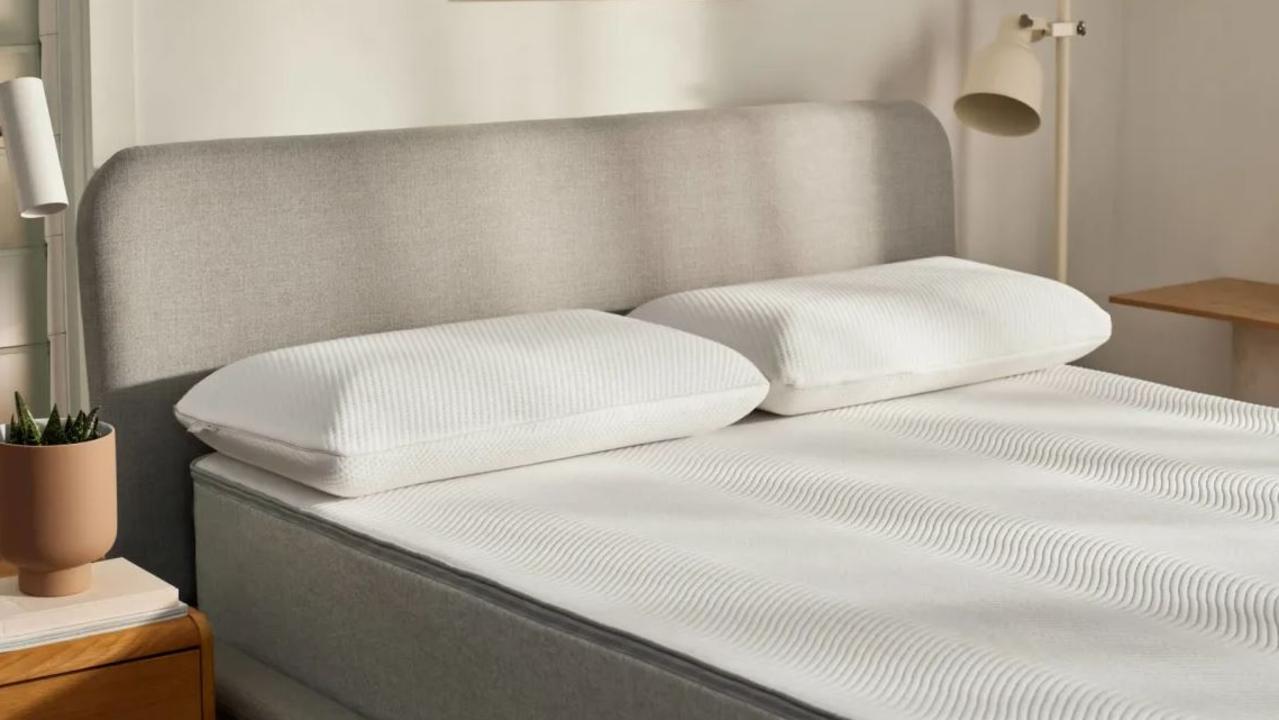
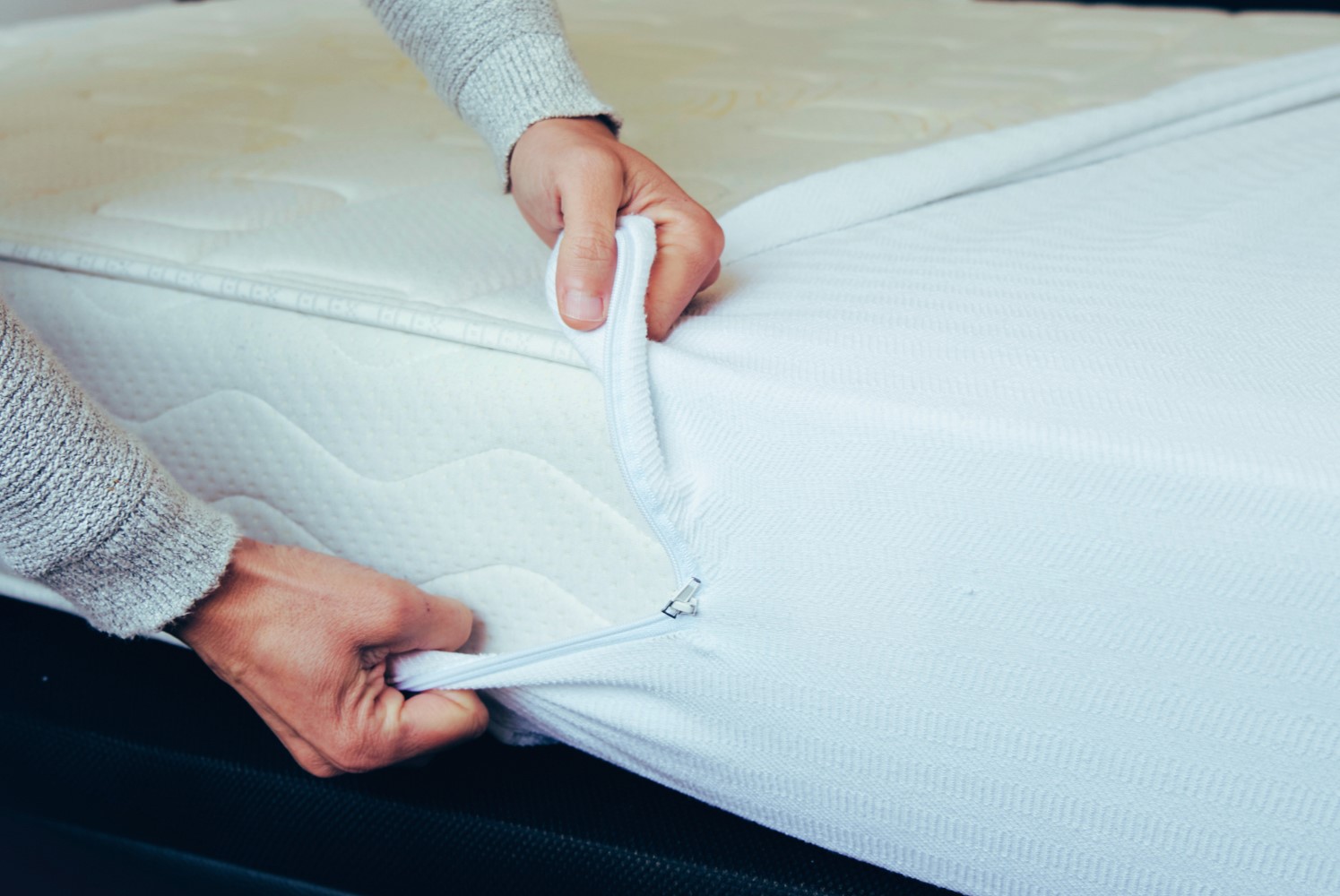

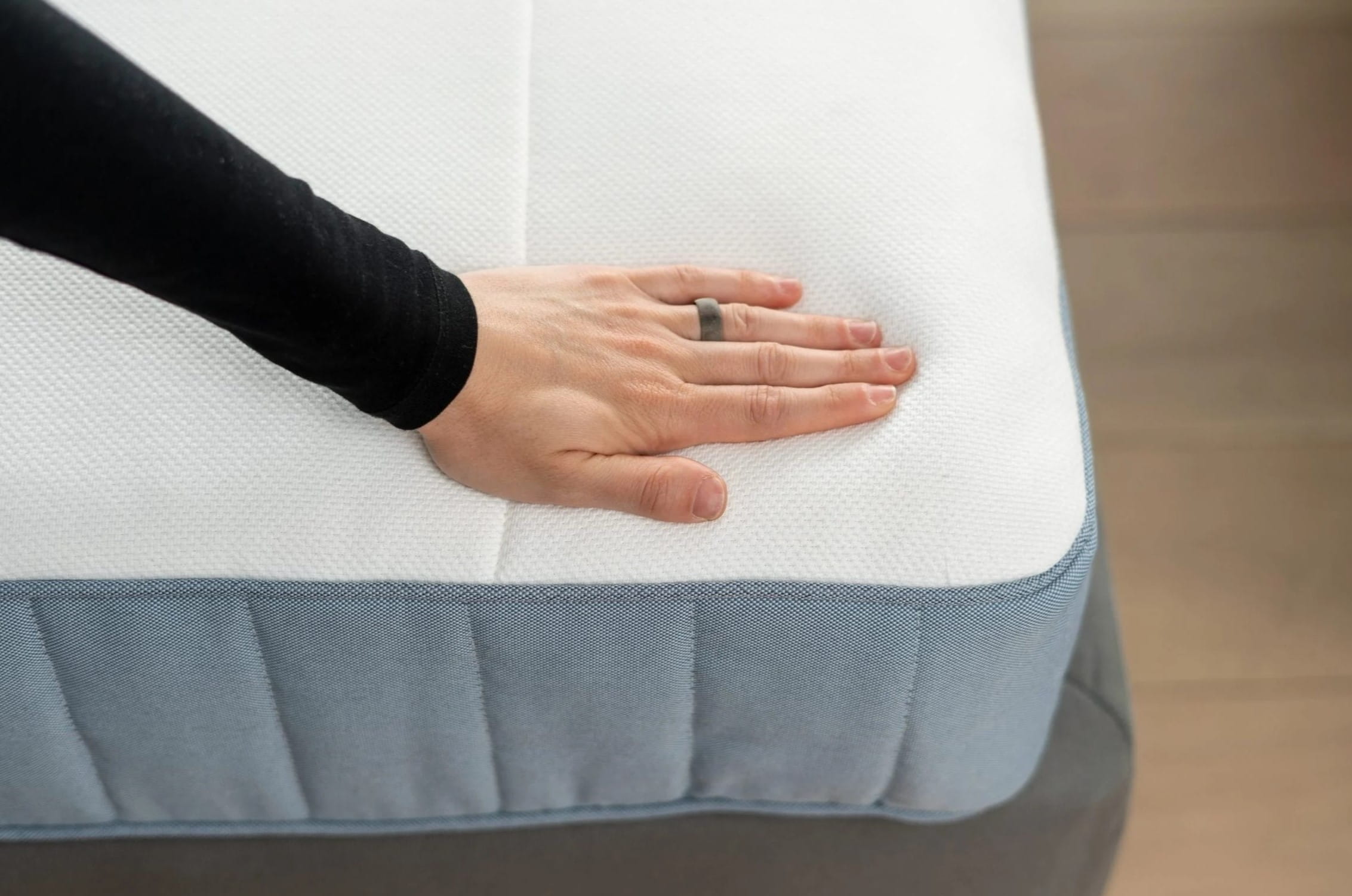
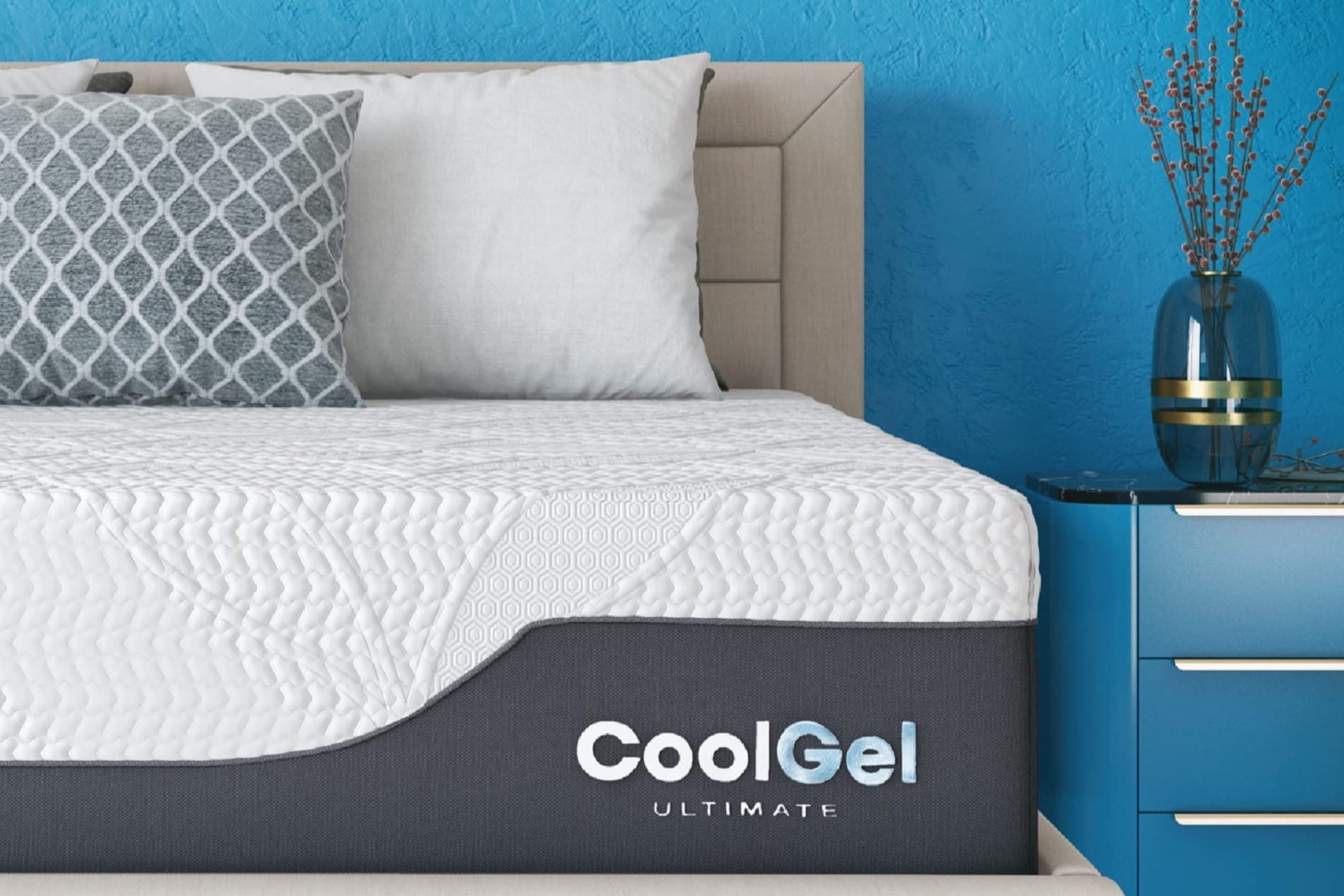


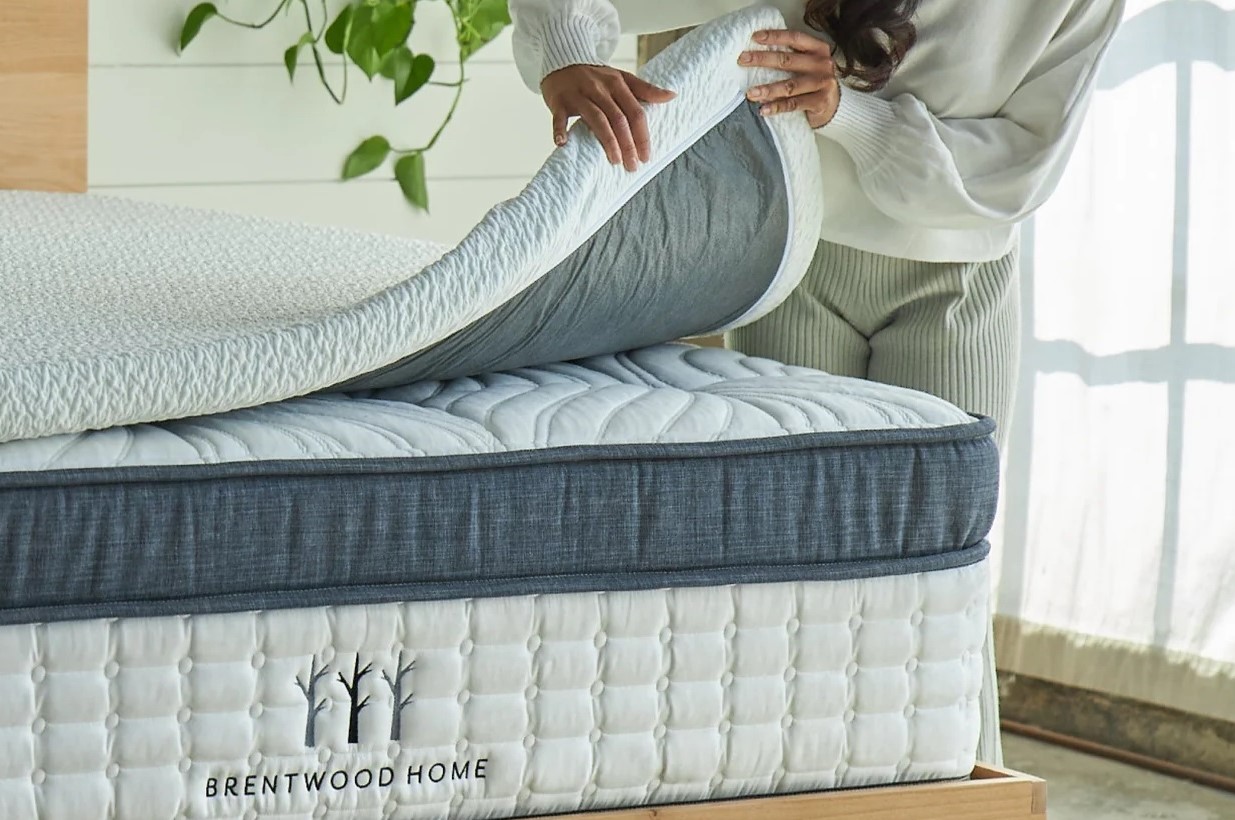
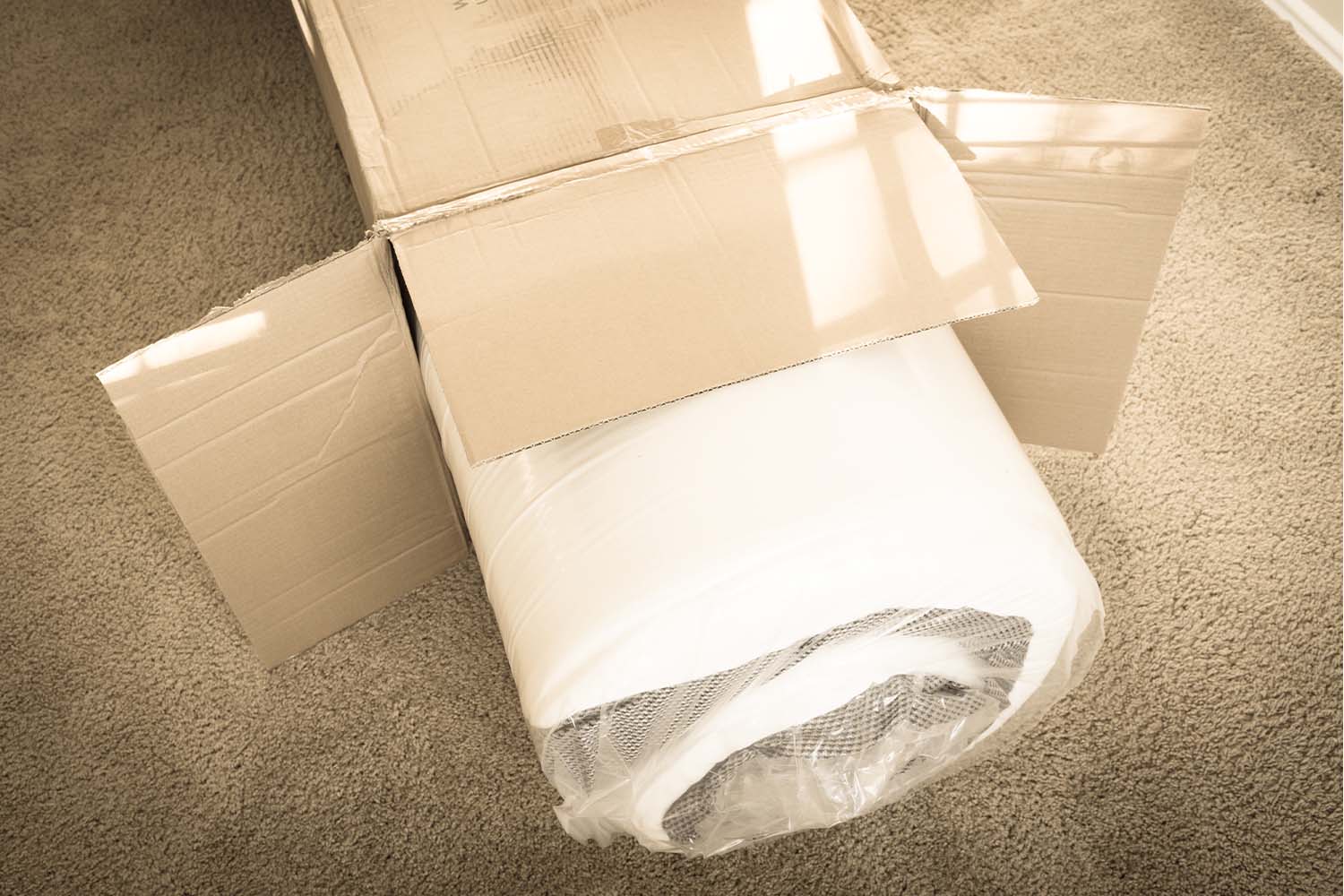
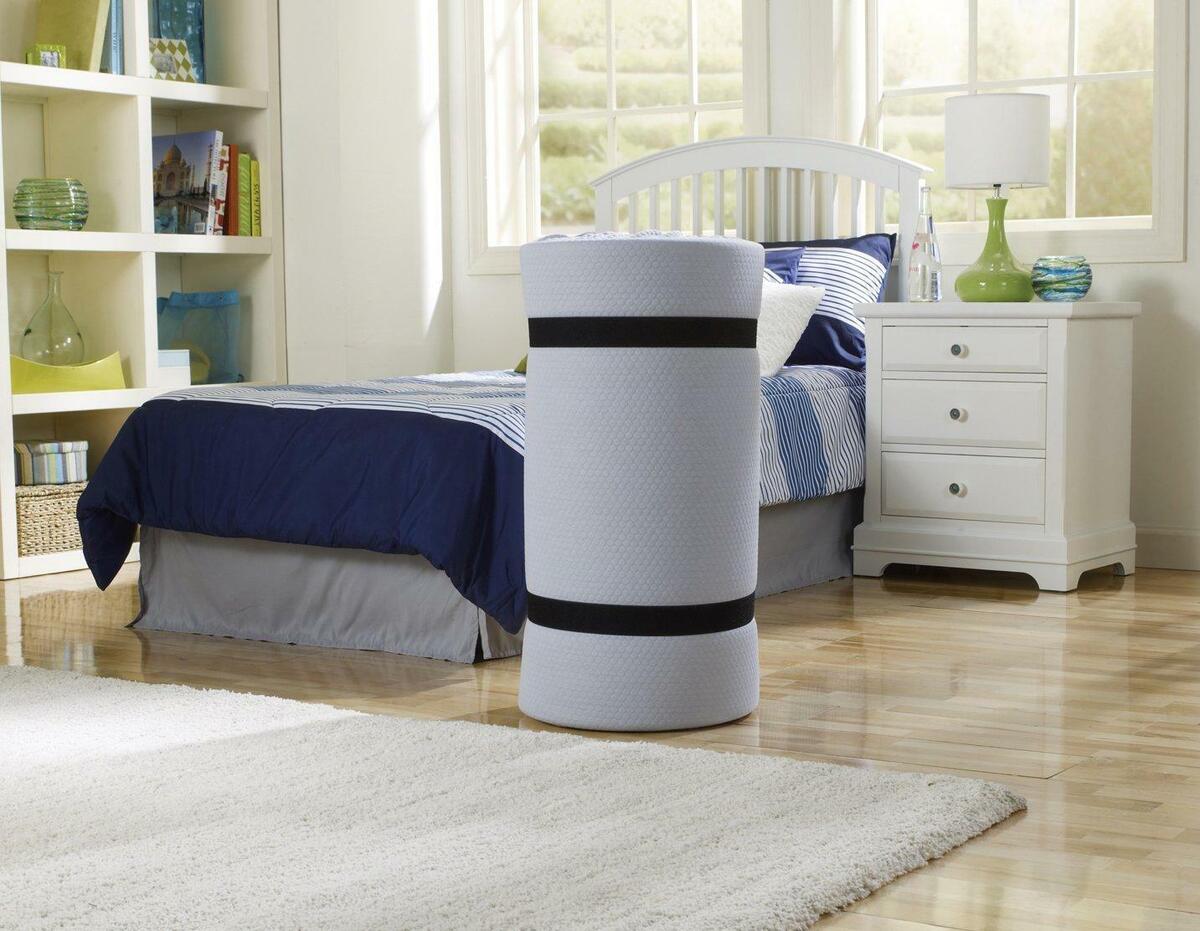
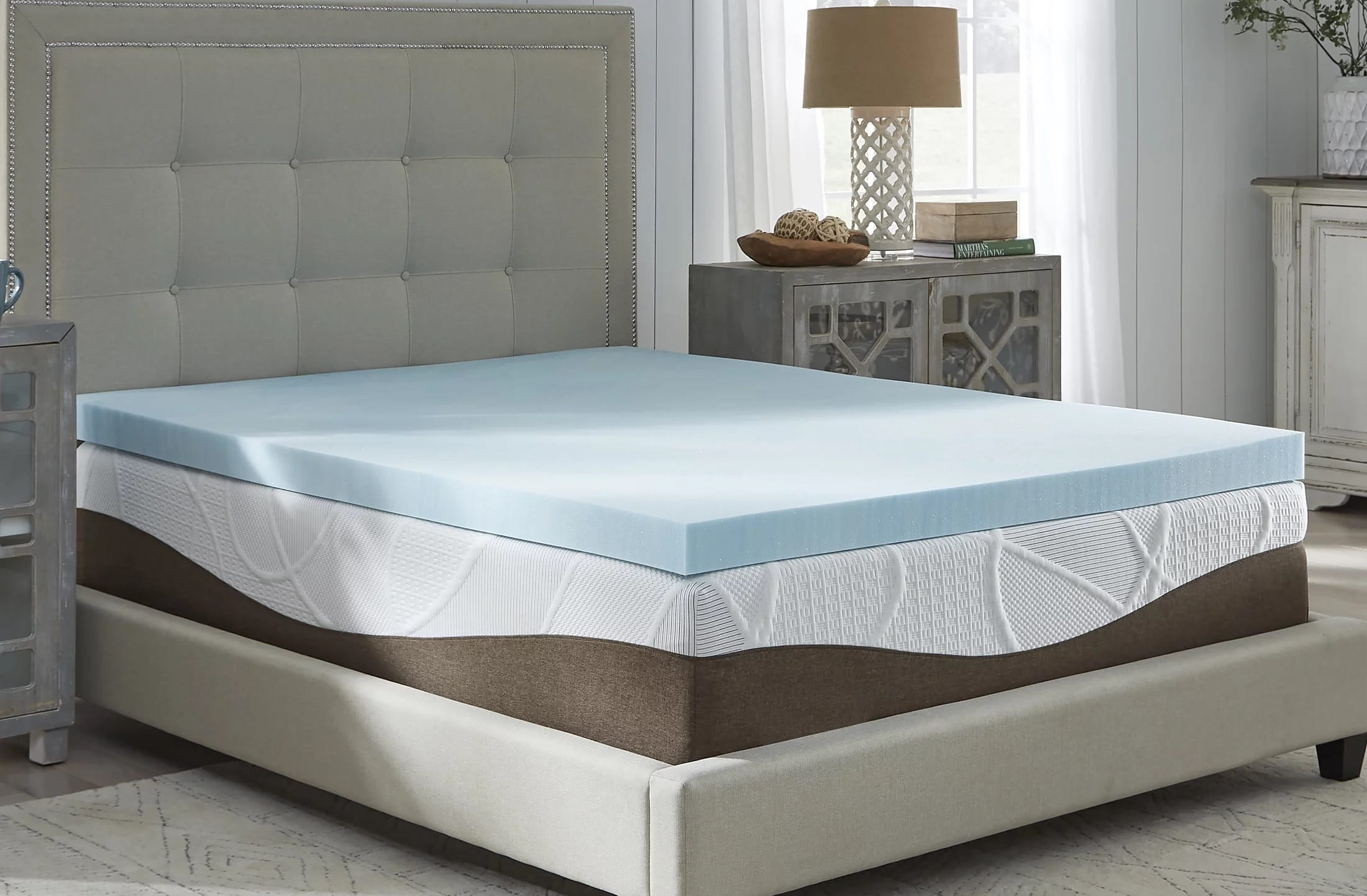
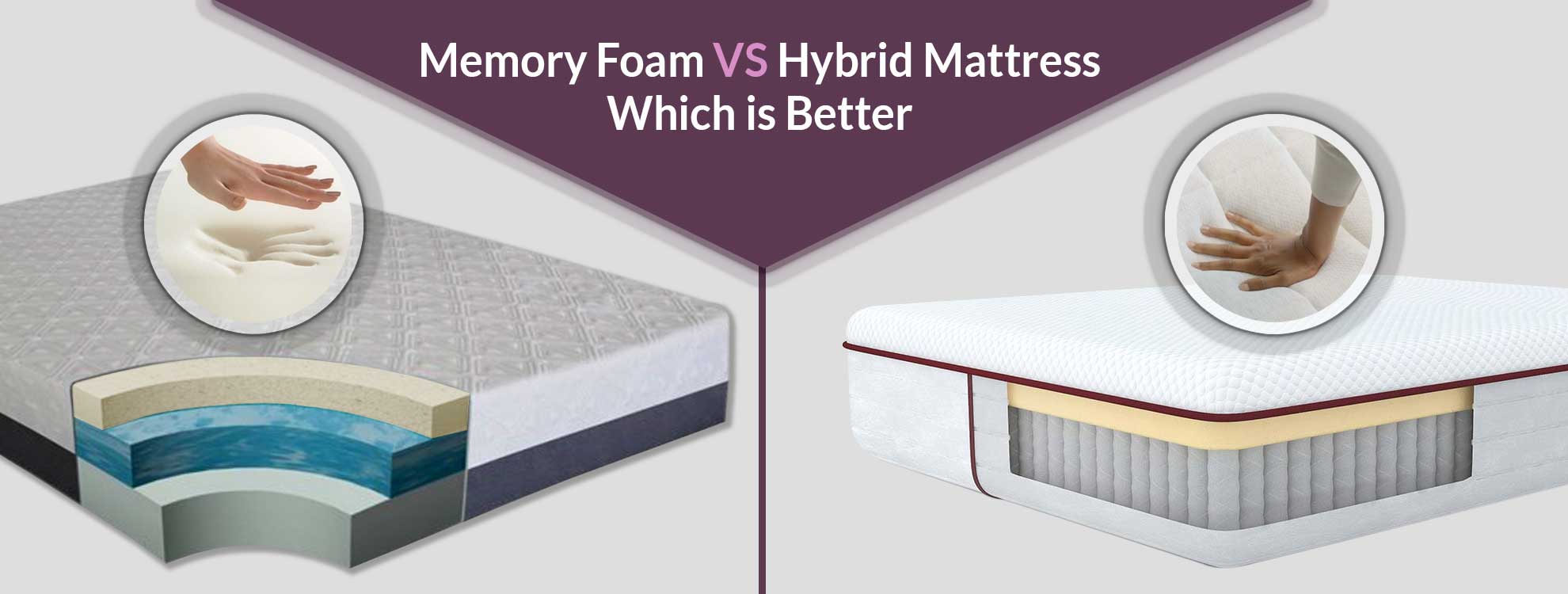
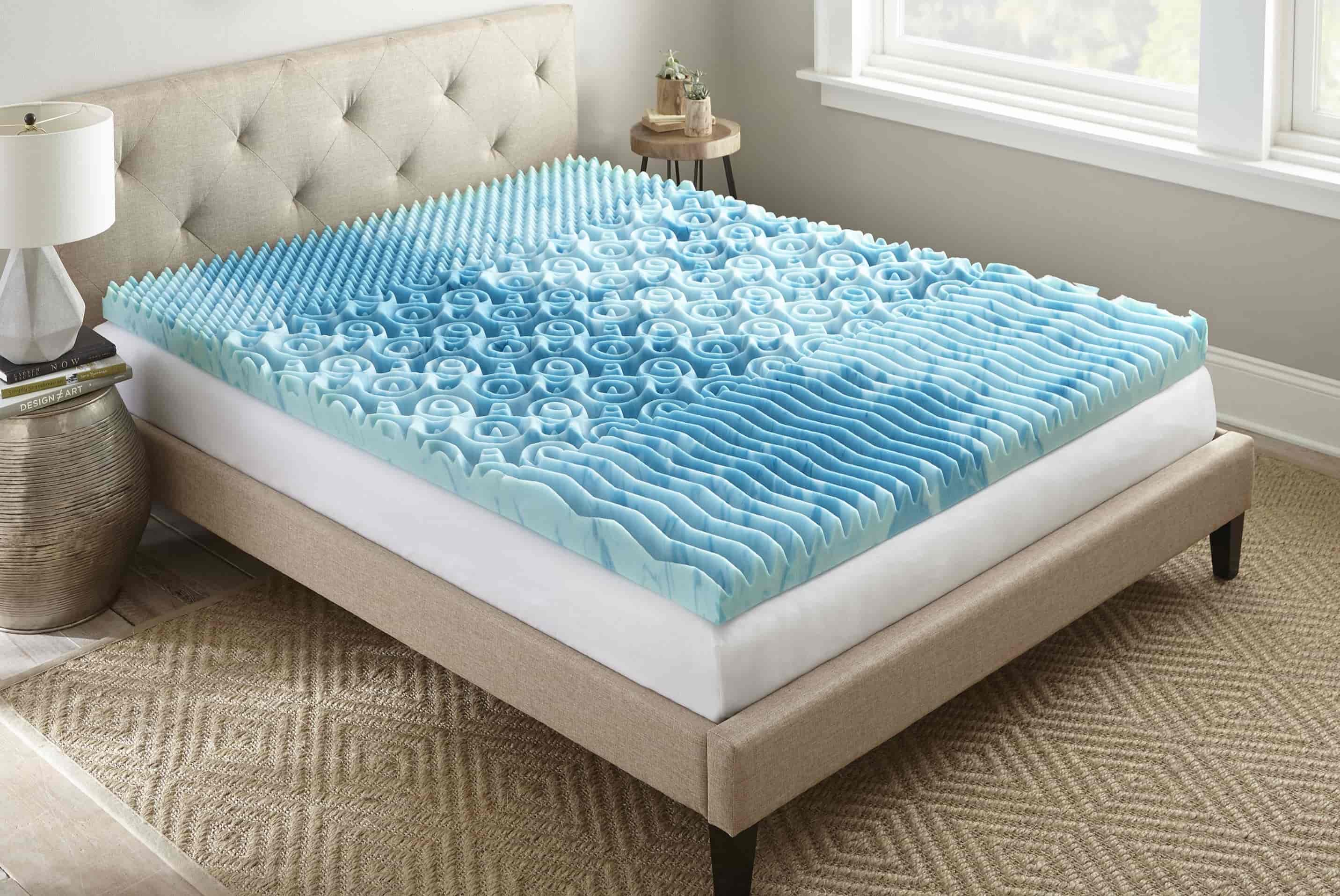
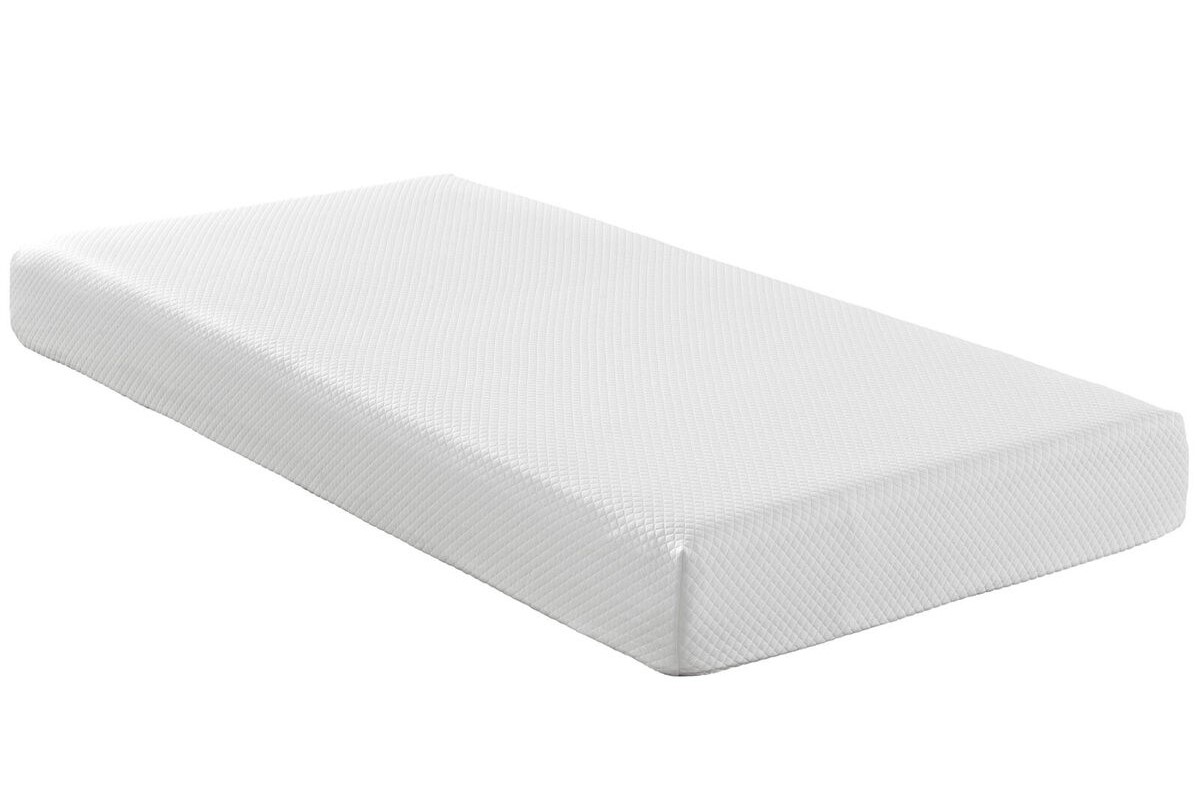

0 thoughts on “Why Are Memory Foam Mattresses So Hot”